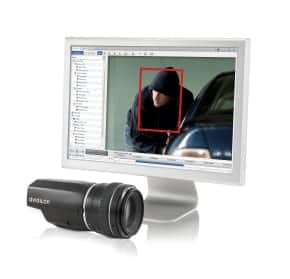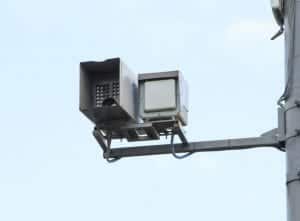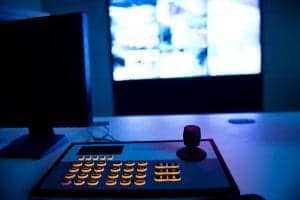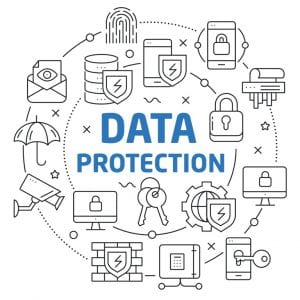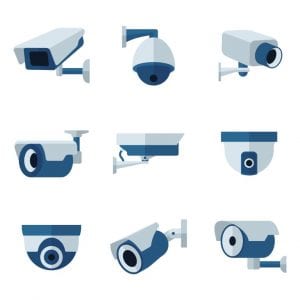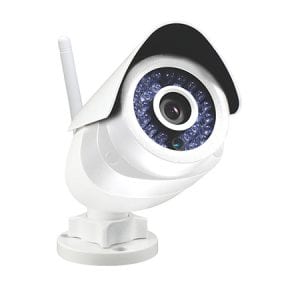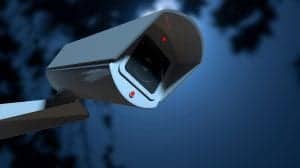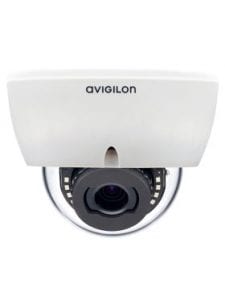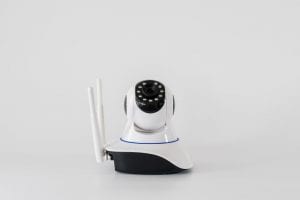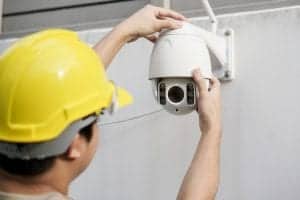The immaterial character of valuables is one of the most interesting – and baffling – properties of modern economy; for many UK companies, the most important assets are electronic records, customer data, documents, confidential information stored in electronic form, the kind of assets that are targeted by hackers, not burglars. And yet even the companies dealing in the most immaterial values have been the target of a great deal of unauthorized physical entry attempts. According to a Home Office study (full data here), in 2015 alone, Information & Communication companies have been the target of an estimated 3,000 burglary attempts, about one third of which were successful. And this figure is insignificant compared to those reported by the Wholesale and Retail sector (29,000 burglary attempts, roughly half of them successful, and 92,000 cases of theft).
Physical access control and surveillance is one of the primary barriers against this sort of incidents, the main vehicle for asset recovery and a vital means of monitoring your London business’ premises. CCTV systems are one of the most critical components of your business’ security system.
The usefulness of video surveillance systems is not limited to security, even though that was what they were initially deployed for. Today, CCTV surveillance systems are also successfully used for emergency management, such as monitoring (and coordinating the reaction to) fires. The CCTV industry can now provide the solution to a great deal of problems, with increasingly sophisticated devices. Increased sophistication (and responsibility) has given rise to a great deal of challenges for security engineers and technicians, though. CCTV systems installation has always had a reputation for being challenging, but that has been especially true in the last 5-10 years. Today, skilled CCTV systems installers can work wonders for your London building’s security.
From Components to Systems: IT-Integrated Security
Until roughly a decade ago, when most people thought about security cameras, they associated it with the odd surveillance cam placed strategically in the entrance hallway at work or above the ATMs. Surveillance and security systems were effectively centred on the monitoring nodes, and our image of a security system was, effectively, an alarm panel, a few cameras, and the noisy alarm. The strength of the security system was primarily in how good the cameras were – how sharp the images were, how good the frame rate, and how well it could “see” in the dark.
Since then, advances in video processing technology and in computer power have enabled us to build better, more integrated security systems, that now include sophisticated features such as automatic intruder detection and tracking, facial or number plate recognition. While IP CCTV technology has continued to improve dramatically, it is now increasingly leveraged, with far greater efficiency, as part of a more complex security system. CCTV cameras are now integrated with other types of components, such as intelligent door locks, in order to provide a more comprehensive access control system. They are cloud-accessible, enabling seamless integration with the rest of the IT infrastructure, and can be used, for instance, to provide video data for access logs.
Of course, this has led to a dramatic increase in complexity of an IP CCTV system installation procedures and techniques. Understanding these challenges is key to understanding the expectations that you need to have from your service providers, and the expectations that, in turn, those for whose assets you are caring for (including yourself!) need to have.



